How has Tate Modern changed the art scene in London and internationally?
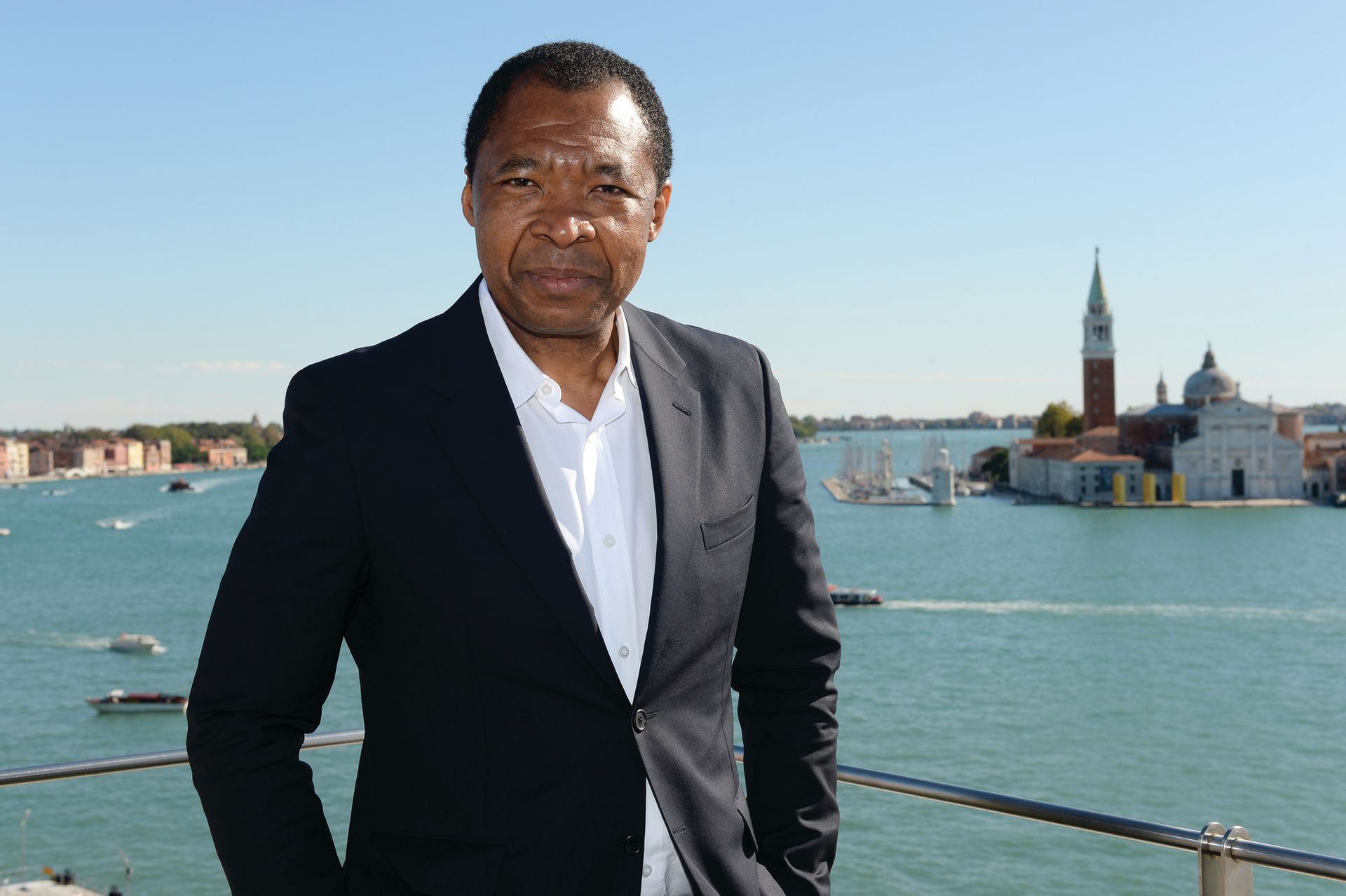
Okwui Enwezor, director, Haus der Kunst, Munich
You can see an attempt by the museum to tell a more global story, especially at a time when what I would call “trophy art” has been a predominant part of the same culture. What Tate Modern has done over the last 10 or 15 years, in my view, has been really extraordinary. It has been a leading voice in forcing other museums to re-look at their own programmes both in terms of the collections that they have built but also in terms of the kinds of exhibitions that, in museums of the scale and influence that the Tate has, have been embarked on. It has played a great role.
One of the remarkable achievements of Tate Modern is that, despite the fact that it is barely 15 years old, one thinks of it as if it’s always been there. Some people would argue that the collection at Tate Modern comes nowhere near the Pompidou in Paris or of MoMA, but one can also say that the deficits they may have had may have liberated it to tell a completely different story about art in the global context. It is wonderful to walk into museums and see extraordinary treasures of post-war art, the parade of blue-chip names and so on. But there comes a point where, at least on an intellectual and historical level, one has to be able to step back and look at other things that may deepen the story and broaden the perspective of the story. I think that Tate Modern, perhaps because it came to the field so late, asked itself those questions and it’s been able to do it in a remarkable way. It remains to be seen, now that it is settled in the museum landscape, whether it has the courage with this new building to do more.
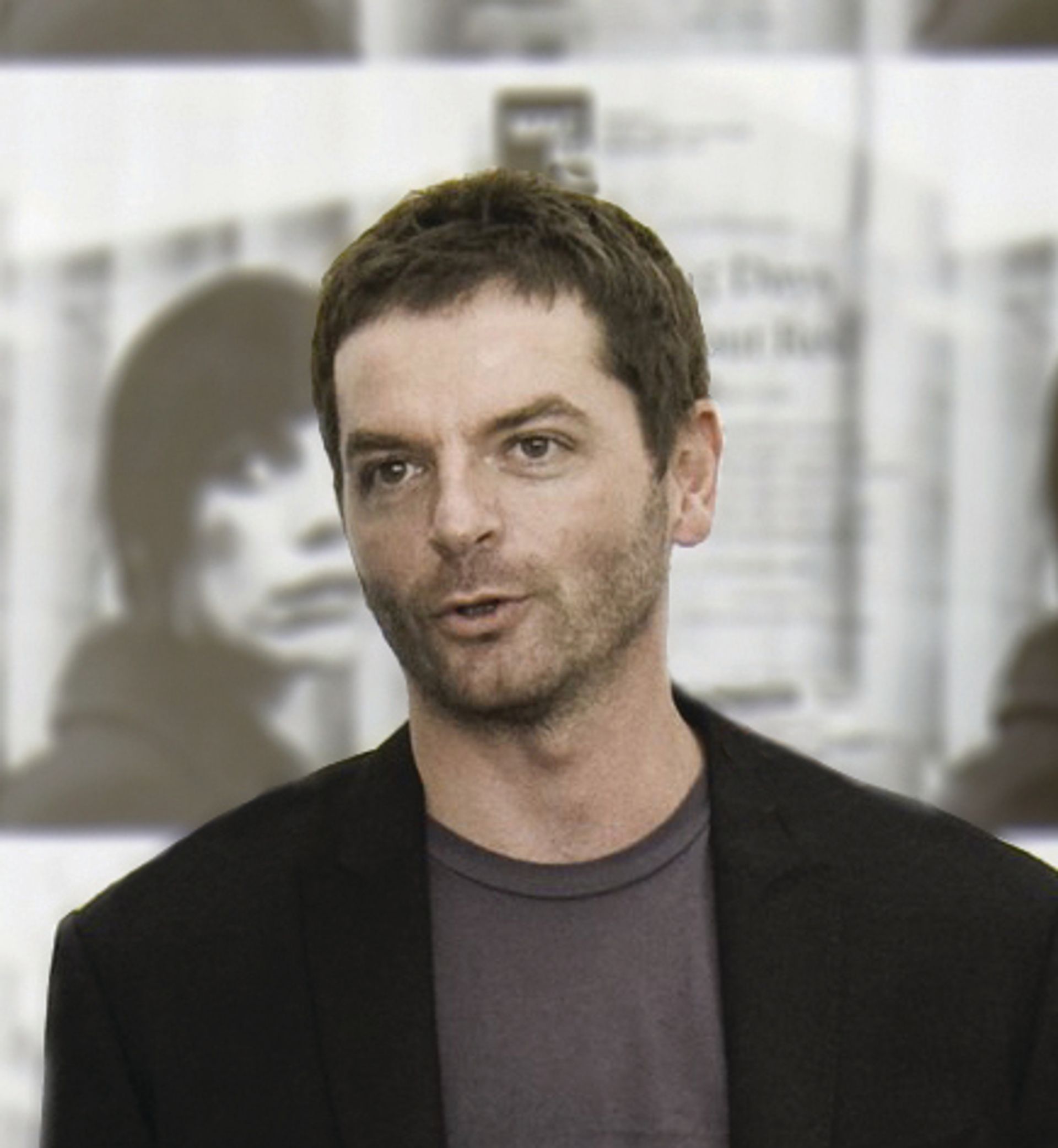
Anri Sala, artist
Tate Modern’s approach to chronology is very interesting. My own experience having studied in Albania, a country that was very isolated, was that lots of things past a certain year were forbidden, so one tried to puzzle through the chronology of art by guessing, or by using information that didn’t necessarily come in the right order. So as an artist I find the approach very interesting because it interlaces the objective chronologies with subjective chronologies—and I think one has to question chronologies. But I don’t know whether it is interesting because I come from this different encounter with it, or whether such a thing would make sense to every visitor. Personally, I think it does, because the approach is not necessarily about treating works of art as archaeological facts, as things that represent their own time and the relevance of their own time to us today, but as things that make the present relevant in a different way.
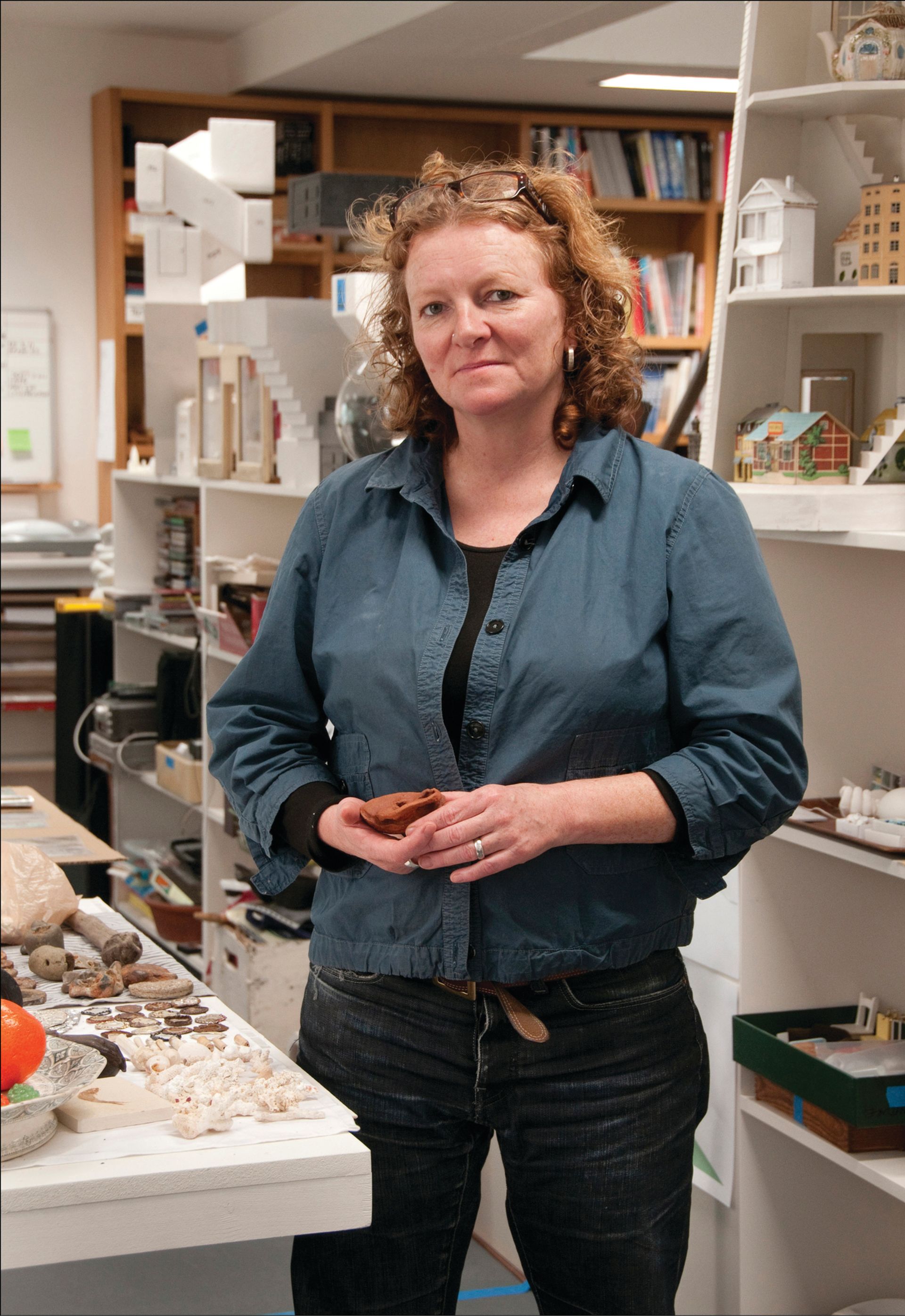
Rachel Whiteread, artist
Tate Modern is one of the most popular buildings in the UK and one of the most popular art galleries in the world. The impact of this in London since I was a baby artist has been phenomenal and made it an international art city, but that does have its downsides because it’s hard to be quiet about art. I think [London] can still be a centre for art even though artists are being priced out of the city. Artists are always extremely creative and they can find ways of living in other places and still use London as a hub. I don’t think that will ever change. Recently at Tate Modern my absolute highlight was the Agnes Martin show, which I thought was a masterpiece of a show, beautifully put together.
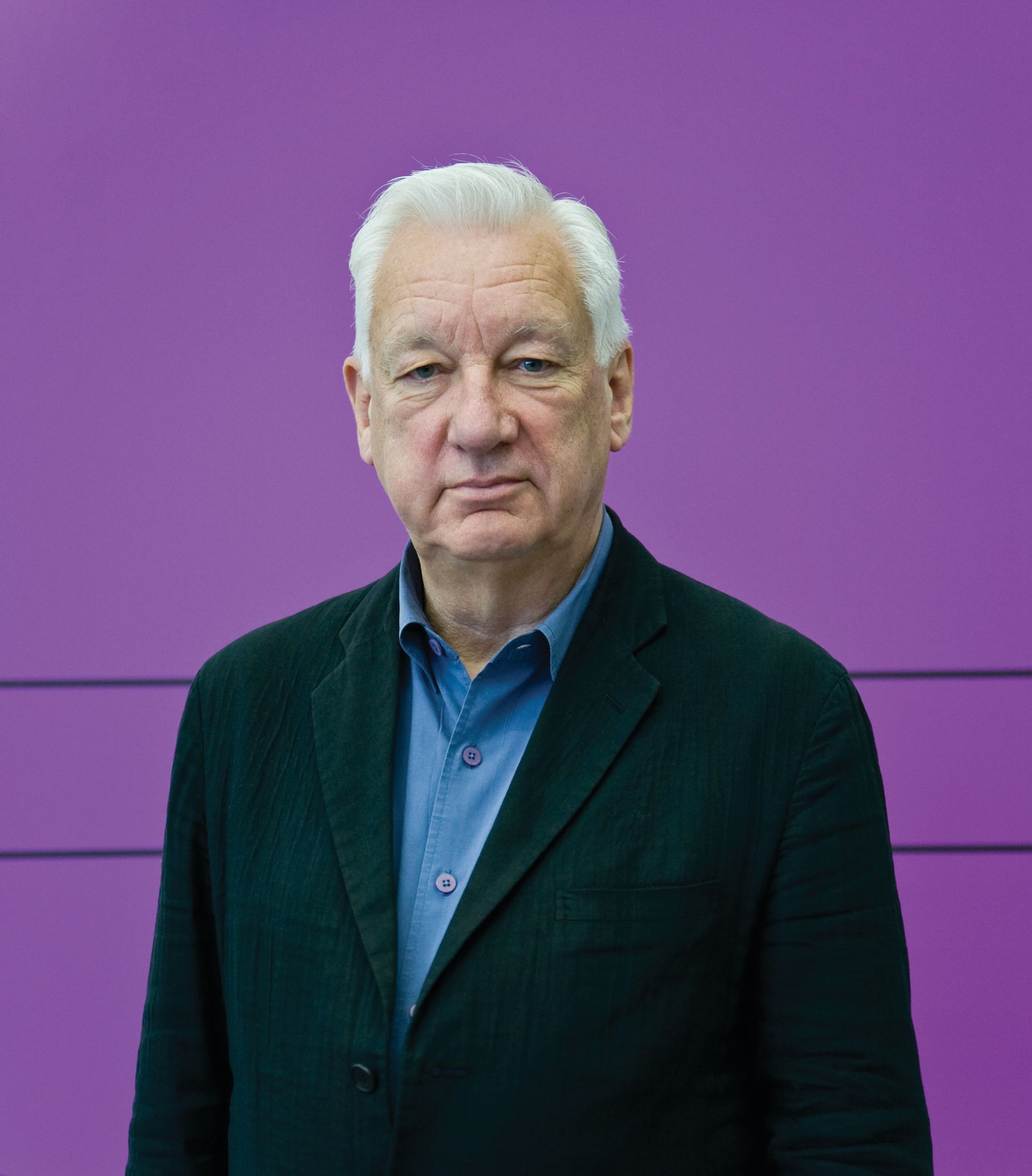
Michael Craig-Martin, artist
There is absolutely no doubt that from the minute that Tate Modern opened, the whole international scene was altered. Not just the situation here, but the whole presence of art, and the structures of art power were altered by the existence of Tate Modern. Because it landed full-blown as a player at the very highest level, its equivalents were the Museum of Modern Art and the Pompidou. And that was an amazing achievement for the Tate and, of course, for Nick Serota. I’ve always said, and I was a trustee in the 1990s, that if there had been any director other than Nick Serota, we would have had another small wing at the back of what is now Tate Britain. And the idea of having a giant, world-class museum of Modern art could never have happened without somebody of that vision.
I first came to England in 1966 from New York, where there was the Museum of Modern Art and the Guggenheim and the Whitney, [and where] one’s sense of the importance culturally of the 20th century was overwhelming. Coming to London, if you went to any of the other great museums, your sense of the past—the ancient past, the Renaissance, the 18th and 19th centuries—looked so rich. But when you got to the 20th century, what was on view was a really noticeable impoverishment. I often thought that one reason why the British people weren’t so comfortable in the 20th century was that the view of their own time presented in the museums was so limited in comparison with the incredible presence of the past. Tate Modern answered that and completely transformed it. Suddenly the 20th century and the present day became a source of interest and pride. And that is an enormous cultural change.
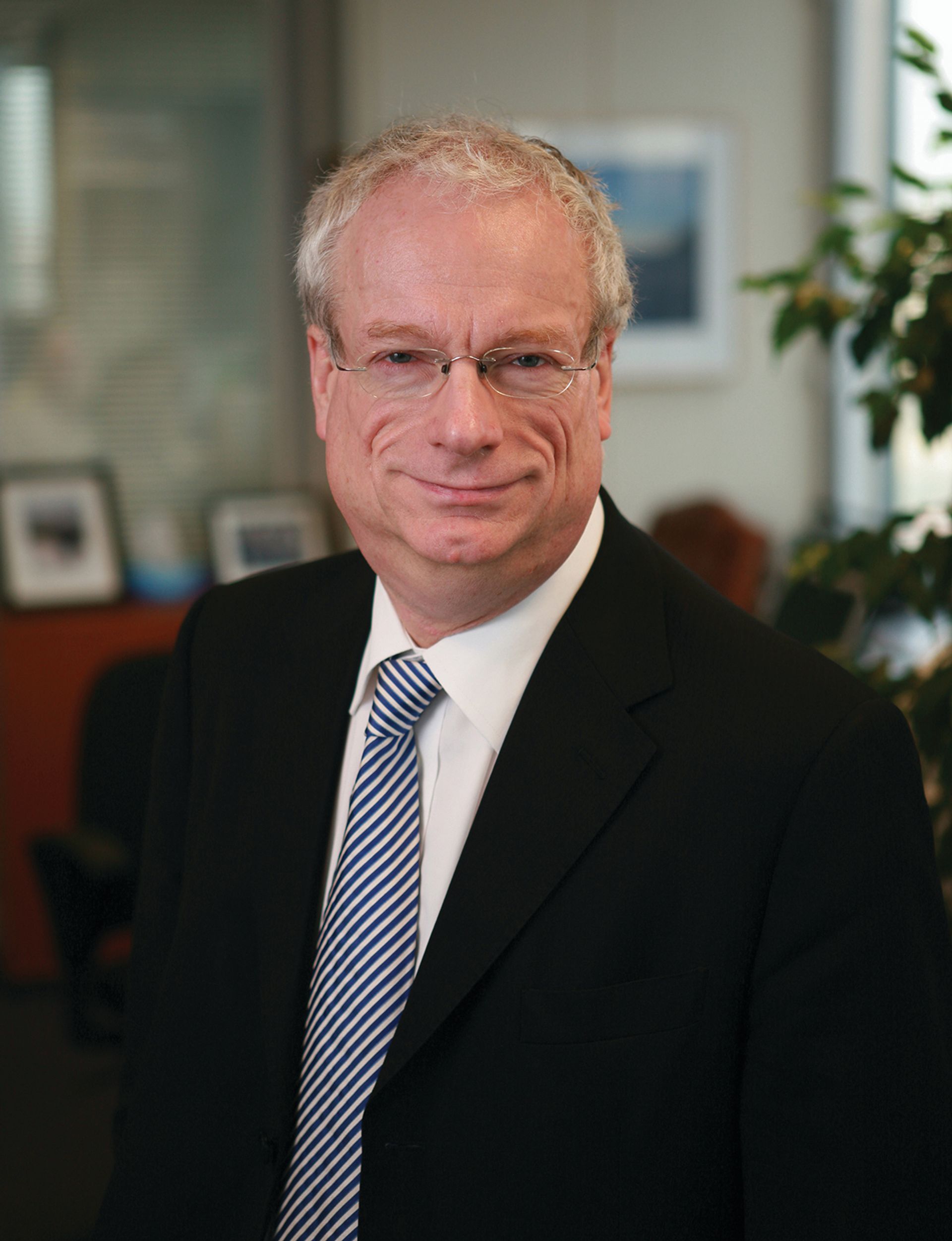
Chris Smith, former Minister for Culture, Media and Sport; chair, The Art Fund
First, Tate Modern is open and free to anyone who wants to come in, no matter what their means or background, and long may it continue to be so. Second, the original Tate Modern has a very open feel to it—the great Turbine Hall that you come into first of all, the sense of space, the way you’re led up into the upper storeys. It’s not just that you can get in for free; it’s also that it’s a welcoming space. When you walk into the Turbine Hall, if you haven’t been into it before, and especially if there’s a dramatic artwork in there, it takes your breath away. That entices you to go further, and explore more, and see more of what this astonishing place has to offer. This was the first time there was a public institution in London devoted specifically to Modern and contemporary art. And the fascinating thing was the way in which the people who didn’t think they were interested in Modern and contemporary art came out of curiosity—and found they rather liked it.
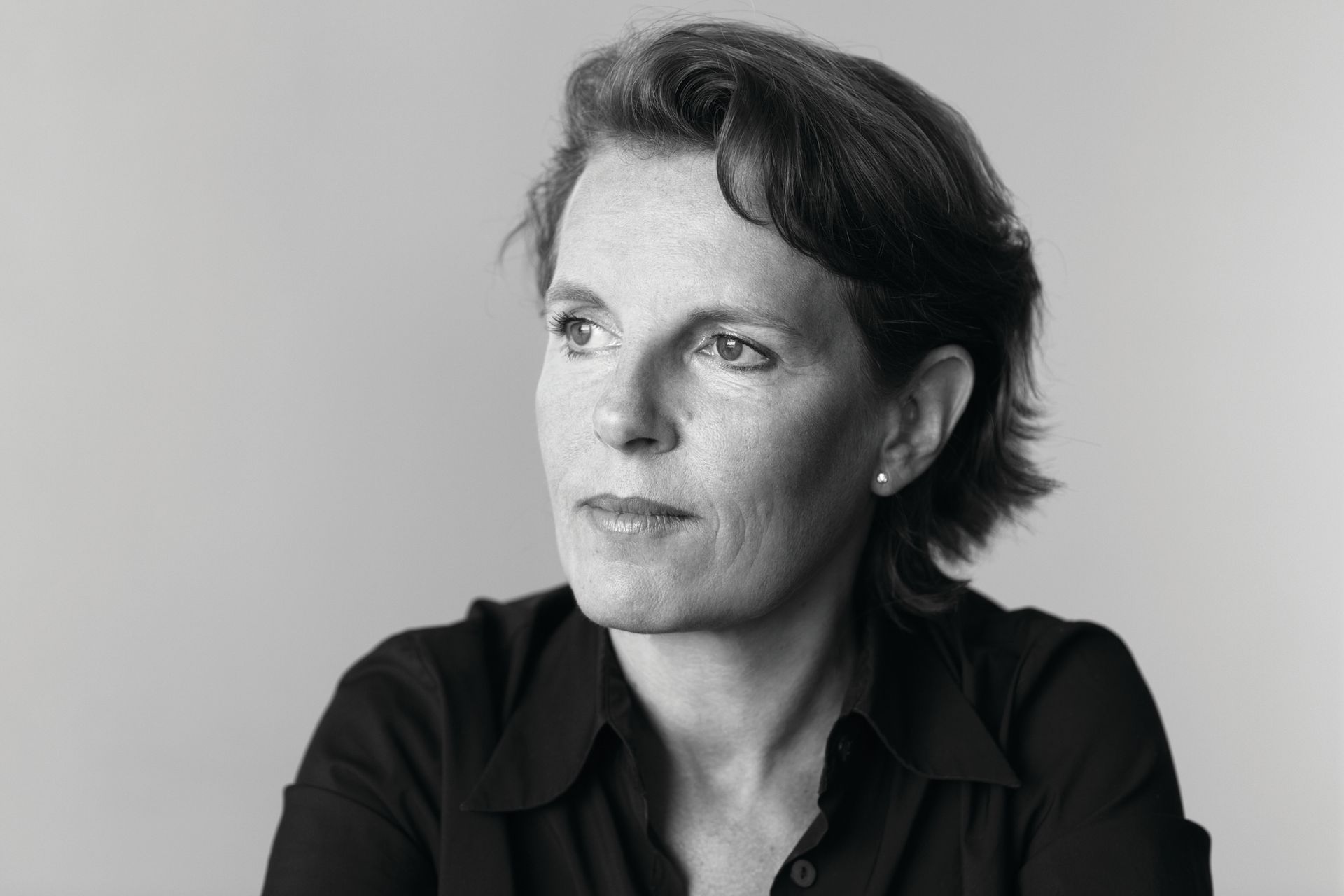
Annabelle Selldorf, architect
Since its opening in 2000, Tate Modern has been incredibly influential in transforming the contemporary art scene in London—through its collection, commissions for the Turbine Hall and exhibitions it has energised the contemporary art community in London far beyond what any of us imagined. The architecture of the Turbine Hall has allowed for an unprecedented transformative scale for new contemporary projects. And by having free access it has brought a new and diverse audience into the world of museums. Herzog & de Meuron’s architecture has a very open and welcoming attitude and has already changed the urban context. The new building adds an interesting volume to the composition. It will take time to see how the vertical museum plays out but I think the new expansion will continue the Tate’s incredibly positive trajectory.
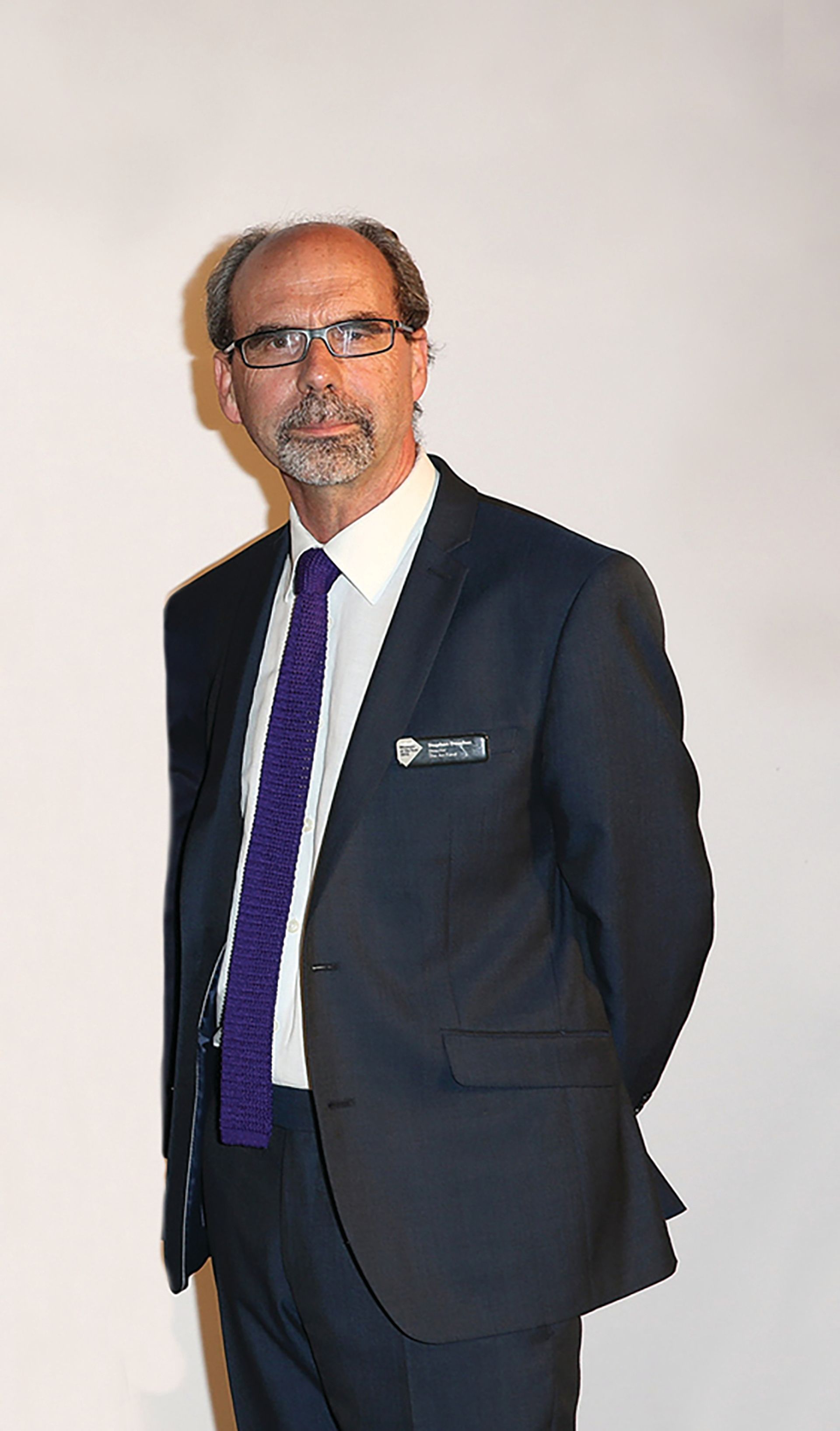
Stephen Deuchar, director, The Art Fund
Tate Modern did help museums, and other people more generally, believe in the contemporary with more confidence. When I first joined the Tate in the late 1990s, in the discussions in the build-up to the opening of Tate Britain and Tate Modern, there were people who were really worried that British people just instinctively didn’t really like the contemporary very much. What Tate Modern did, and it was part of a much bigger movement in which the contemporary moved centre stage, was remind people that there was a real public appetite for the contemporary. I would also say that because Tate Modern became a huge popular success so quickly, people began to trust its programme, in the sense that if you hadn’t heard of an artist before, but Tate Modern was putting on an exhibition of that artist, you would go anyway. The visual literacy of London, but also the UK generally, has risen as a result of a moving to the centre stage of Modern and contemporary art.
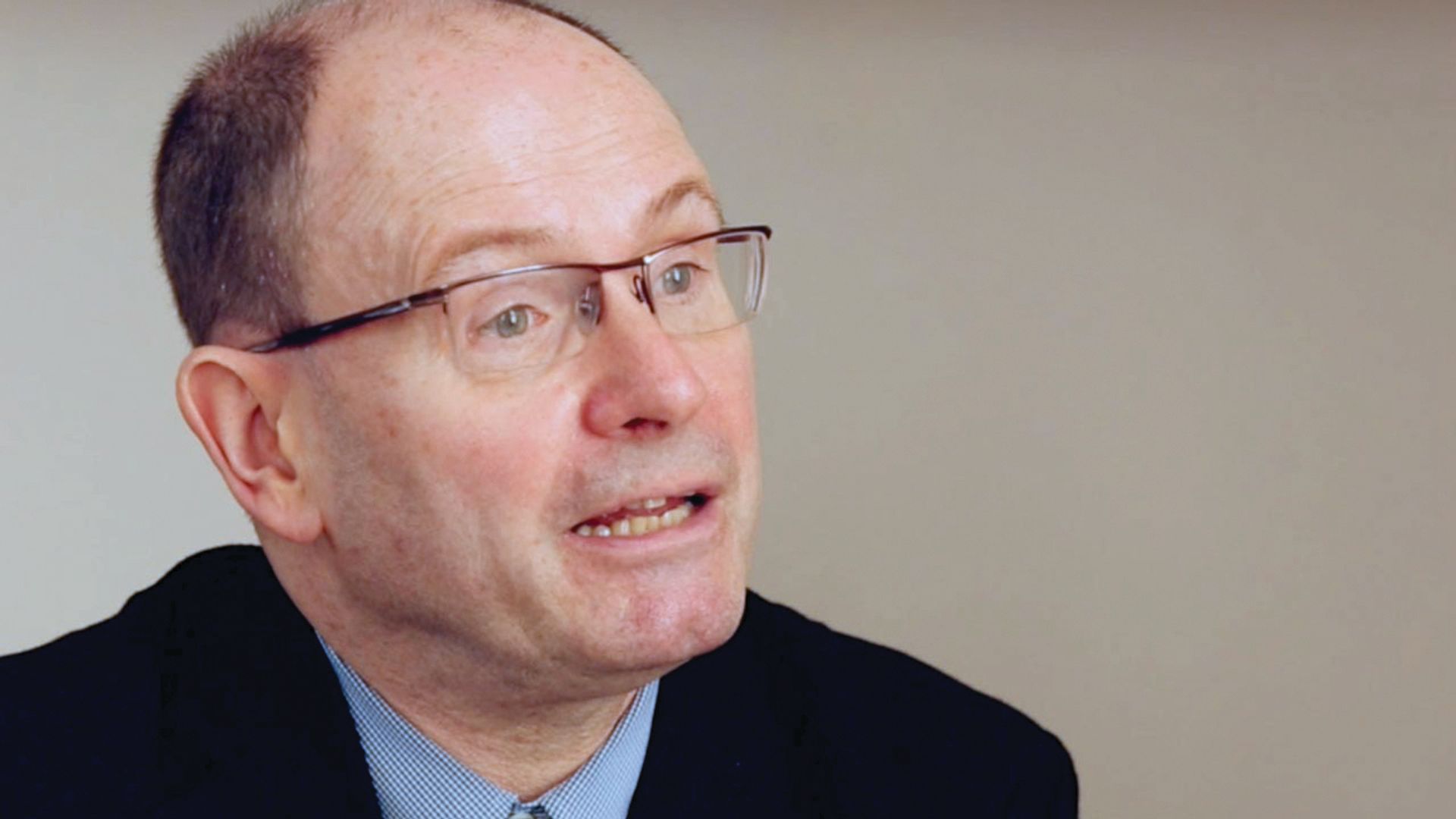
Christopher Riopelle, curator of Post-1800 Paintings, National Gallery
It’s a lesson one knows from both New York and Paris, to take the obvious comparisons—more is more. Simply having a plethora of art experiences to draw on—and the opening of Tate Modern in 2000 absolutely added to that stock—all ships rise with the tide. Our visitor numbers have been going up pretty steadily. The Turbine Hall installations—obviously with the Olafur Eliasson sun, as the most famous of them all, but also the Carsten Höller slides and others—became such events, and events for people who might not necessarily be interested in art. Again it helped us all by creating the sense that an art museum could be a place where exciting things happen. The National Gallery remains fairly traditional in how it displays the permanent collection, but Tate Modern probably has had a real influence in the way we sign our big temporary exhibitions—the way in which we explain why these particular things are together in a particular room. In that sense, we’ve taken lessons from what they did.

Tacita Dean, artist
London is now very influential and Tate Modern has played an important role in this. I can remember a time when London definitely felt more on the periphery; when Tate (when it was just Millbank) was only open from 2pm-6pm on a Sunday and was often empty. So growth in the popularity and expectation of art in Britain has been phenomenal, and phenomenological Young British Art contributed to this, as did the Turner Prize and the opening of Tate Modern. I moved to Berlin in 2000, so I am always astonished by the sheer quantity of people visiting Tate Modern and other museums in London. Art has become hugely popular—a growth industry, and growth industries attract wealth and investors. As a result, art in London can feel gaudy, and it does sometimes compel me to seek the sanctuary of a place like Camden Arts Centre, which has kept its simplicity and integrity all these years.
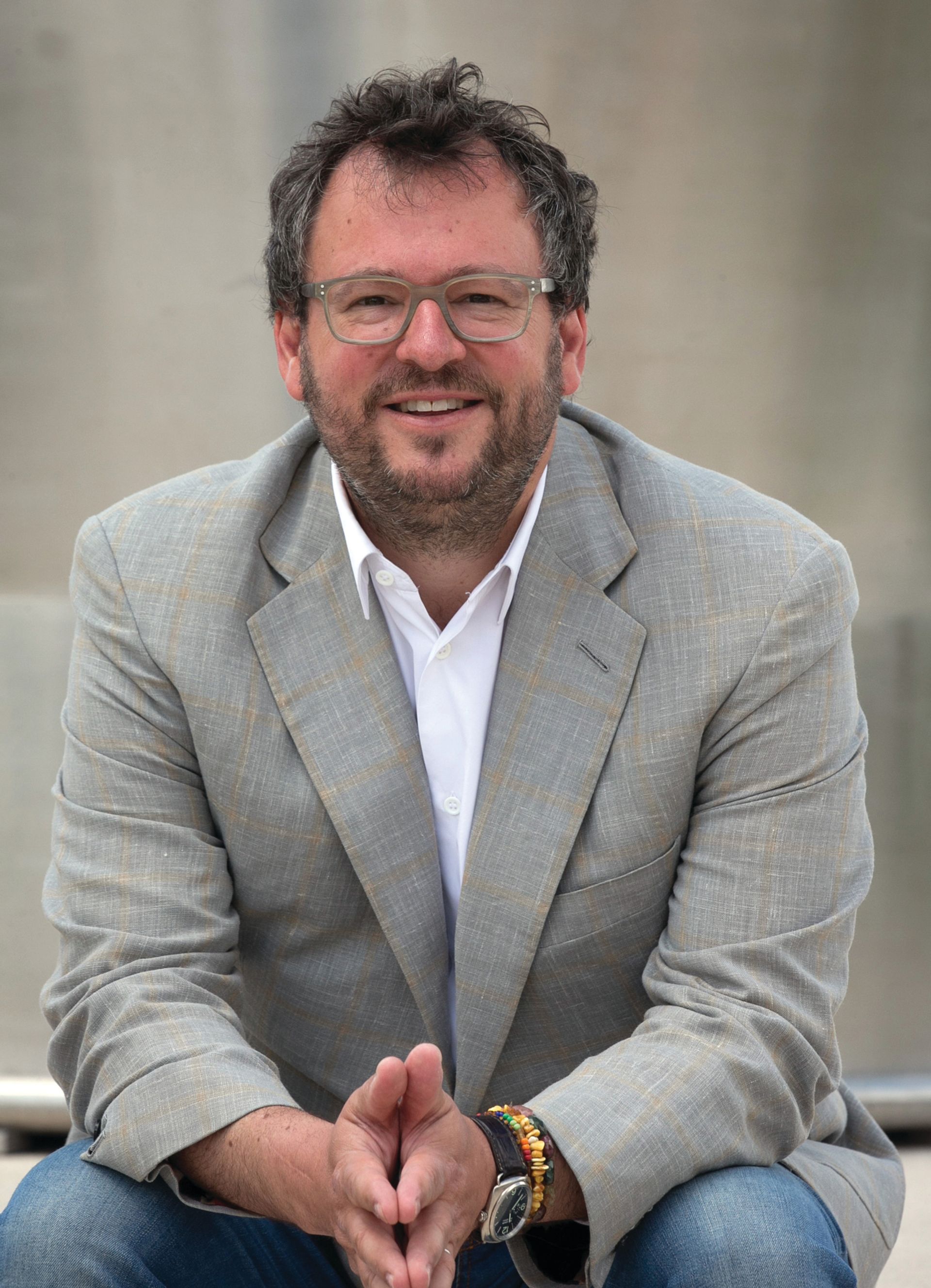
Iwan Wirth, gallerist
Tate is a cultural beacon and an inspirational place—it is the art world equivalent of St Paul’s, an essential fixture in London's cultural landscape. The opening of Tate Modern was a watershed moment for culture in Europe and put London on the map of contemporary art. London’s huge concentration of museums, Kunsthalle-like institutions, excellent curators and museum leaders, as well as a high number of world-class commercial galleries and auction houses, makes it a gigantic cultural microphone. It is culturally very influential and has spent the last decade catching up as a global marketplace for culture too.
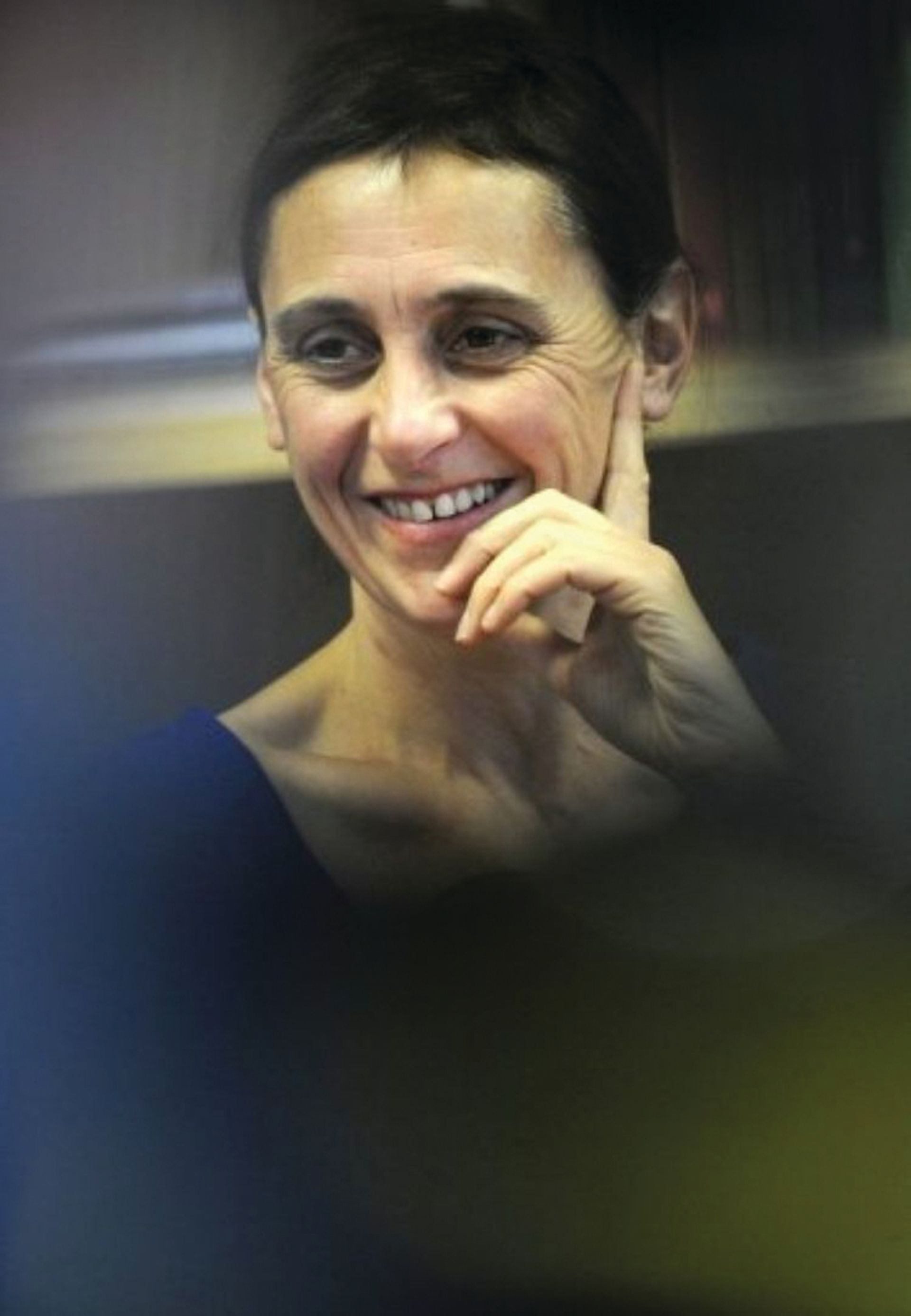
Anne Teresa de Keersmaeker, choreographer
I always find it interesting that Tate Modern is next to the Thames, next to Shakespeare’s Globe and opposite St Paul’s Cathedral, which were all spaces for collective experience. Everybody knows that Tate Modern very much exemplifies an ideal of public culture. It is really different from the Continent that museums in Britain are free; it’s a populist position and has been one of the lasting achievements of the post-war welfare state. Given everything that is happening with the visual arts, which are suffering from being dominated by market mechanisms, it is important to create in those spaces dance performances where people come together and there is no speculation possible because no objects are made. I experienced that very much when I was performing in the Tanks [at Tate Modern]: it is somewhere between a marketplace, a museum space and a theatre. It reflects museums’ interest in looking for a new definition of what a public space is.
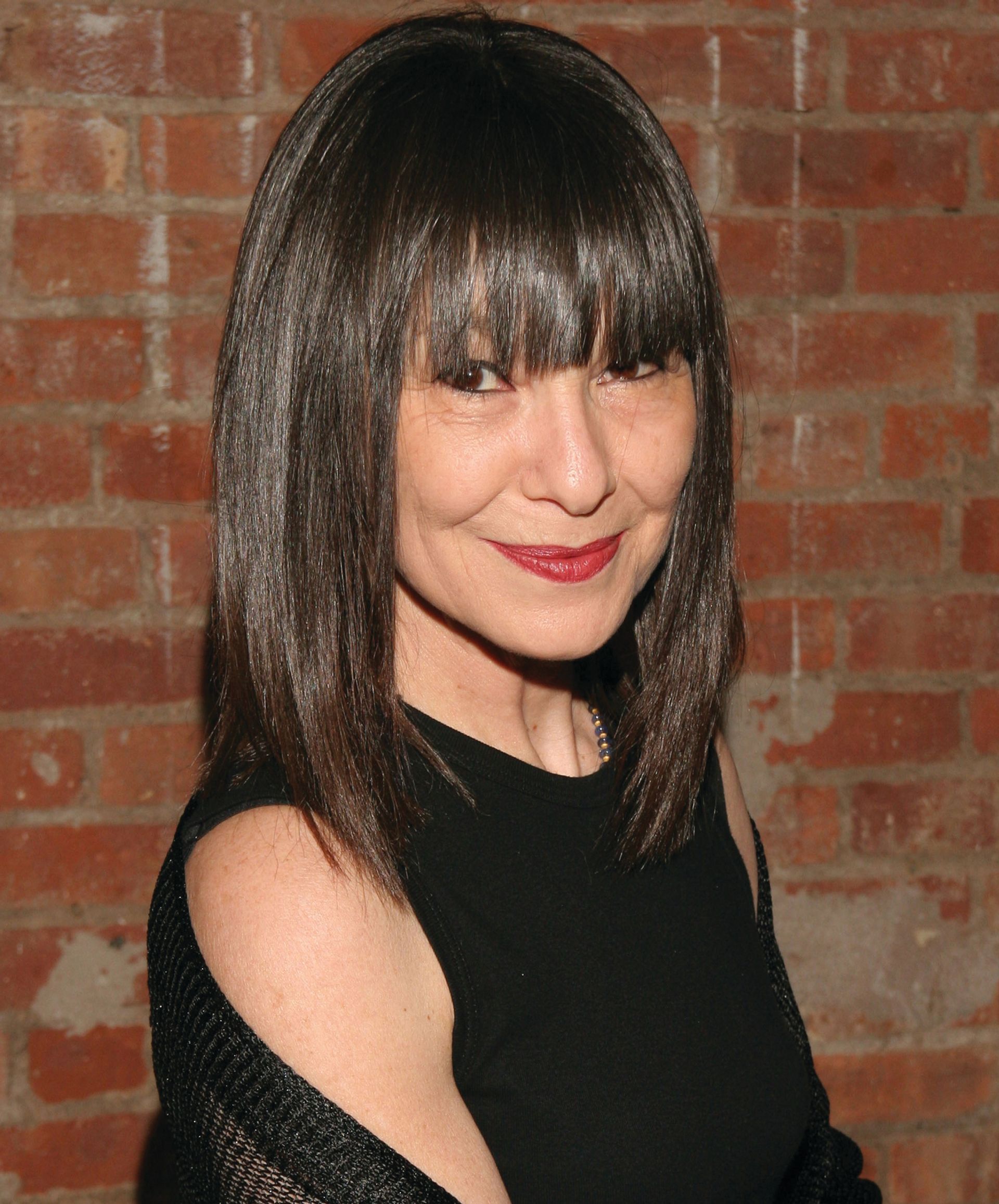
RoseLee Goldberg, director, Performa
First, Tate Modern changed the art scene in London, transforming the city into a major centre for contemporary art in a way that simply did not exist before. Imagine New York before MoMA opened its doors. An institution that declares as its mandate the art of the times changes everything; it provides context and reference for living artists, recognition that their work matters, a place of study and reflection. Tate Modern had to happen; the excitement of the British art scene of the 1990s was attracting large audiences, art students, collectors, a general public. Nick Serota—a fellow student at the Courtauld Institute who went on to the Tate (before it was called Tate Britain)—watched it grow, saw it change over the decades, from the 1970s, when the attitudes of the British press and public were considered hostile to contemporary art, into a thriving, vital, challenging and engaging art world in the 1990s. With Tate Modern, London’s importance as a contemporary art centre became firmly established in the international art world.
I am a great believer in the fact that an intimate understanding of the present only enhances our understanding of the past. We need excellent museums for both. Great exhibitions build knowledge—of art, society, politics, culture, aesthetics—that enhance the pleasure of viewing work from all timeframes. It’s up to great historians and curators to keep the past in the spotlight, showing how contemporary work from the past still is, and how radical it was in its own time. The two go hand in hand.
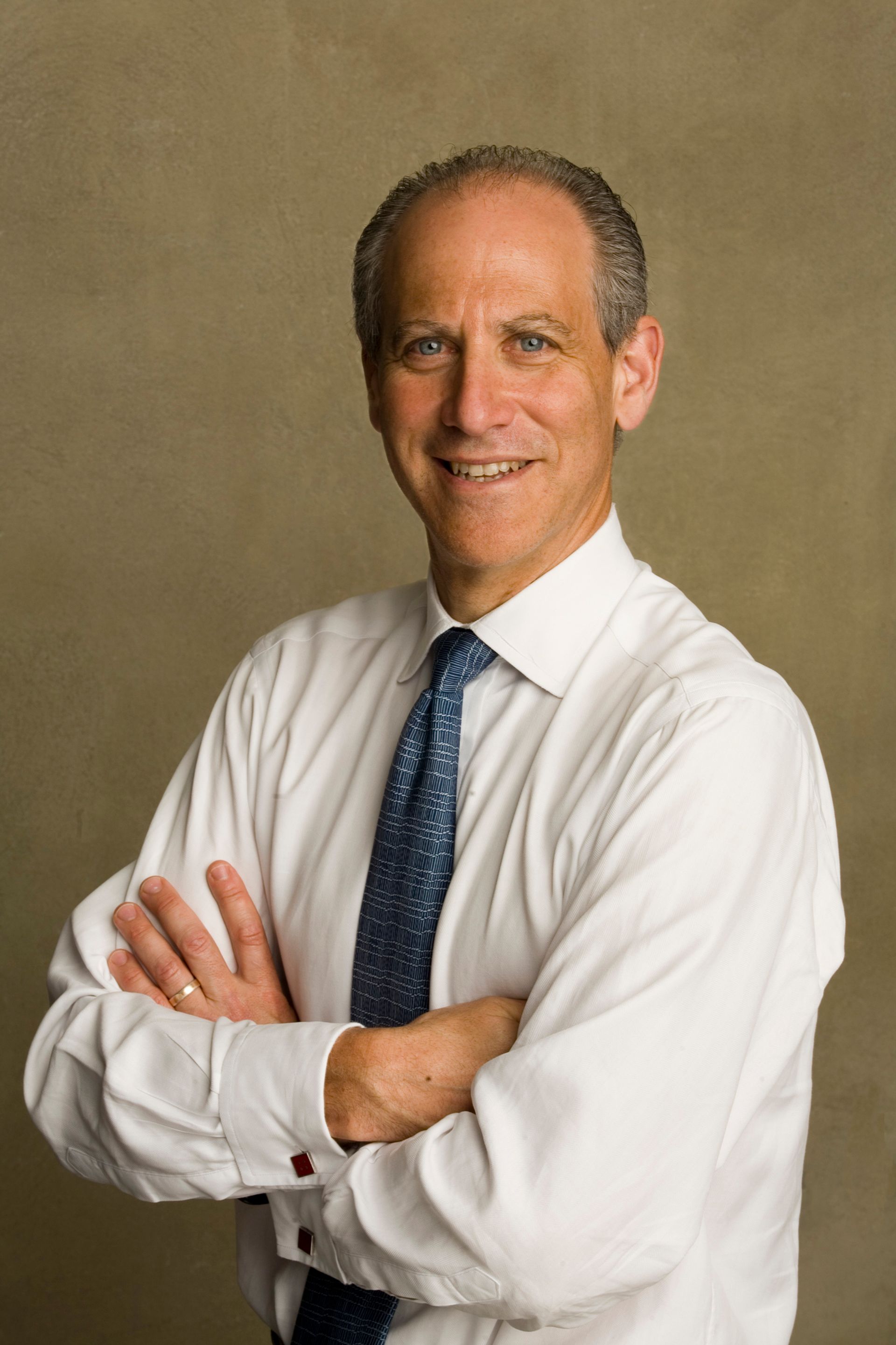
Glenn Lowry, director, Museum of Modern Art, New York
When Tate Modern opened 16 years ago it would have been impossible to anticipate either its success or the impact it has had on the art world. Not only did it help catalyse the international explosion of interest in Modern and contemporary art, it also transformed the Tate into a globally recognised—and admired—enterprise. Few museums have produced so many important exhibitions and programmes in such a short period of time, and the advent of Tate Modern’s new building may well create yet another unanticipated but dramatic change in the art world. Like everyone else, I know I am eager to see the building and what it does to expand and enhance Tate Modern’s programme.
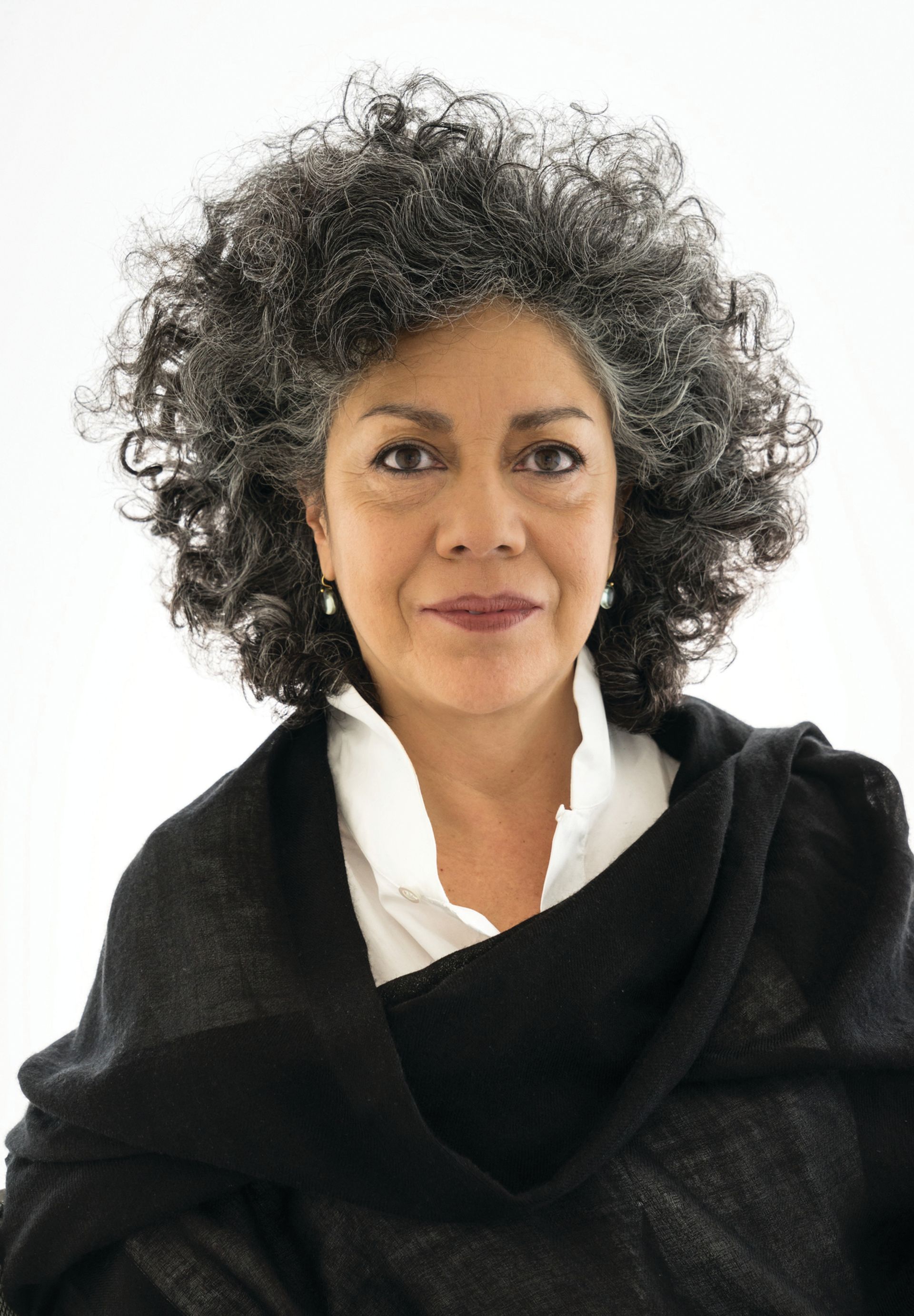
Doris Salcedo, artist
When I began showing earlier in my career, Tate Modern gave me the opportunity to present my work in conditions that were equal to those enjoyed by European or white American artists. And even in the 1990s, this was not the case. The road for a female, non-white Colombian artist is longer and steeper than it is, let’s say, for a European artist. So Tate’s non-linear history and more global approach recognises the art produced in areas that previously were designated as uncivilised or incapable of producing thinking—places that were only thought of as brutal or violent, like Colombia. This kind of approach represents one of the very few ways in which the people who inhabit these chaotic or catastrophic areas can reclaim the dignity and the humanity that has been denied to us since colonial times. For me as an artist, working outside the centre, working from Bogotá, this approach was essential. They really pioneered it.
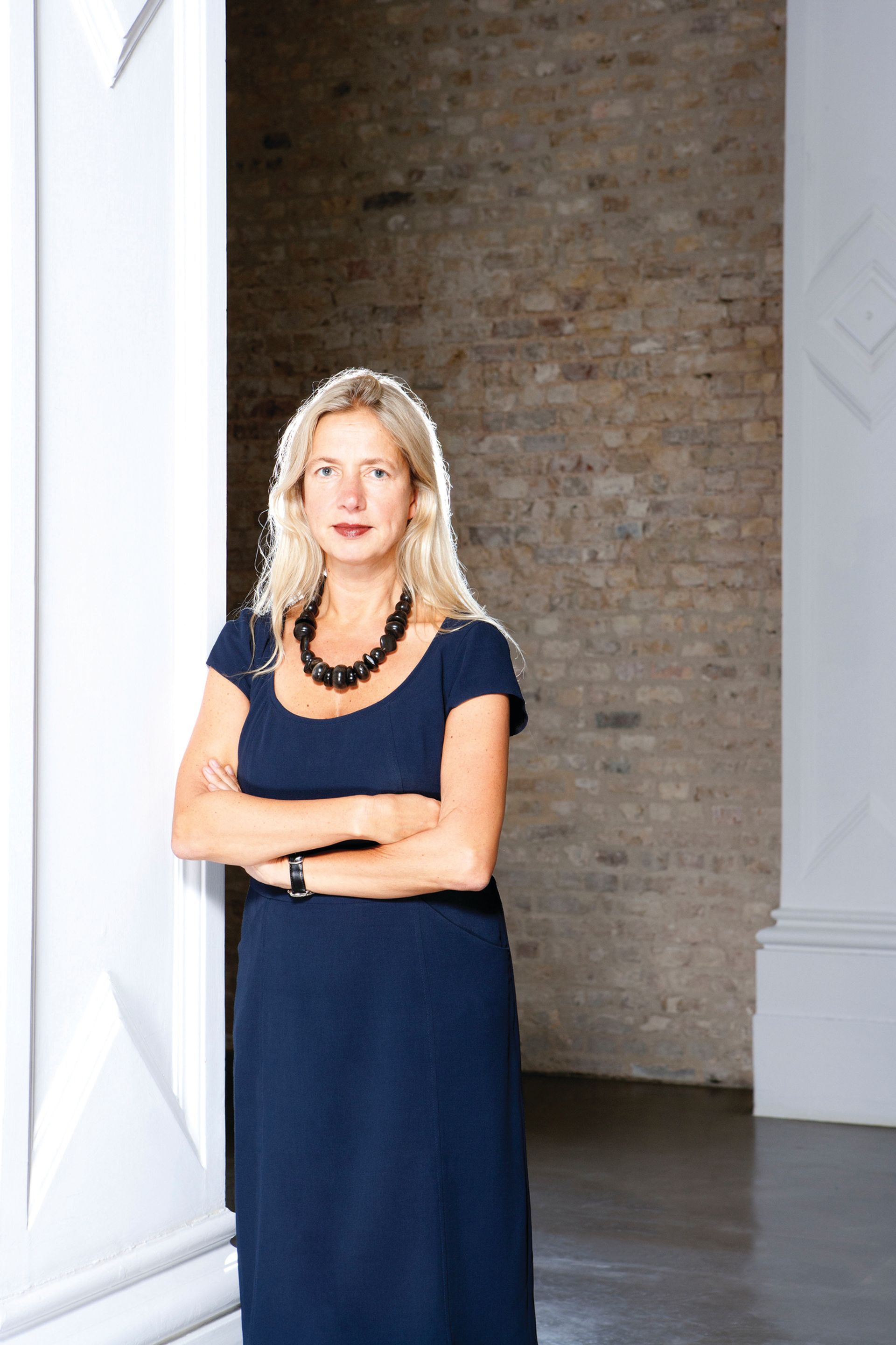
Iwona Blazwick, director, Whitechapel Gallery
It’s driven the status of London as a cultural hub and as a world-class city, and Tate Modern has been central to that change in perception. It’s also attracted a lot of young artists to come and live and work in London—it’s seen as a very prestigious landing point for major exhibitions and for artists of all generations. It’s made London a place where they really want to show. London was slightly provincial in the 1980s when I was a baby curator; it was slightly on the edge of things and I think that the Tate itself was a little bit under the radar. It was a little bit of a sleepy institution, and then the whole Tate Modern phenomena really repositioned it and made it feel urgent and necessary to the contemporary. And it’s become a very vital player within the discourse around the contemporary.
How important is Tate’s embrace of performance in its widest sense?

Siobhan Davies, choreographer
The connect [between art and choreography] is so valuable. You don’t necessarily have to separate things out, create overly established borders between visual art and choreographic work. There are affinities and differences and the joy is where you find the affinities that work within a familiar context—something that a choreographer might have searched out for—but also within a different context, because it is within the visual art frame. The dialogues between different forms, different artists, different thought-processes have a tendency to produce something less orthodox. They scratch the surface of a potential audience into thinking something slightly different, something off-kilter. And I think this off-kilter approach has given pleasure both to those making the work and those receiving it.

Hans Ulrich Obrist, artistic director, Serpentine Galleries
Tate Modern has enabled contemporary art to flourish in so many ways, not least within the realm of performance art. With the ingenious repurposing of The Tanks, Tate Modern brought performance and live art into view, not just as an adjunct to the collection displays and exhibitions, but as integral to the programme. As the Serpentine has shown through its live performance series—such as the Magazine Sessions, Park Nights and the annual Marathons—spaces where artists can freely experiment with different forms are essential for the continued development of this vital interdisciplinary work. I am sure this new extension will create yet more possibilities for the growth of contemporary art nationally and internationally.
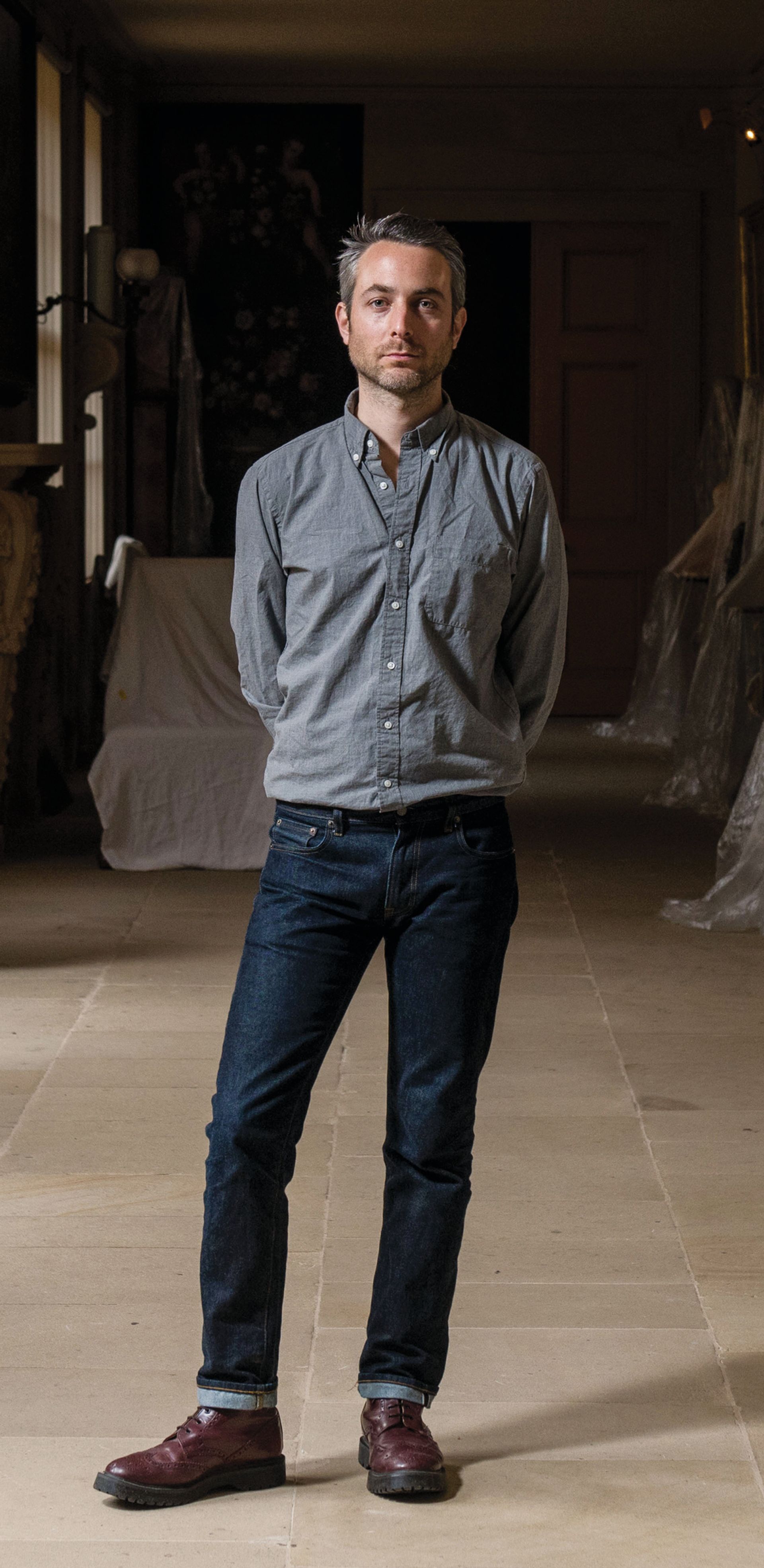
Pablo Bronstein, artist
Catherine Wood [the Tate’s senior curator of performance] is pretty key for the whole performance world and this extends internationally. I’d say that she is one of the top-three performance art experts in the world, and probably the best. And she kind of formed the programme entirely by herself; she made performance an intrinsic part of the Tate. That the Tate has managed to keep hold of her and given her the space to do that and thrive is an astonishing thing. The performance programme, plus the dance crossover, has had a huge trickle-down effect. One of the amazing things about that is you would expect experimental, complicated and difficult performance to be taking place first in the smaller institutions and then gradually make its way up to the Tate in a very plodding way. But with things like Performance Room [the Tate's online performance programme] and the odder programmes that Catherine has initiated, you can see the most raw and early and strange things at the Tate before you see them anywhere else.
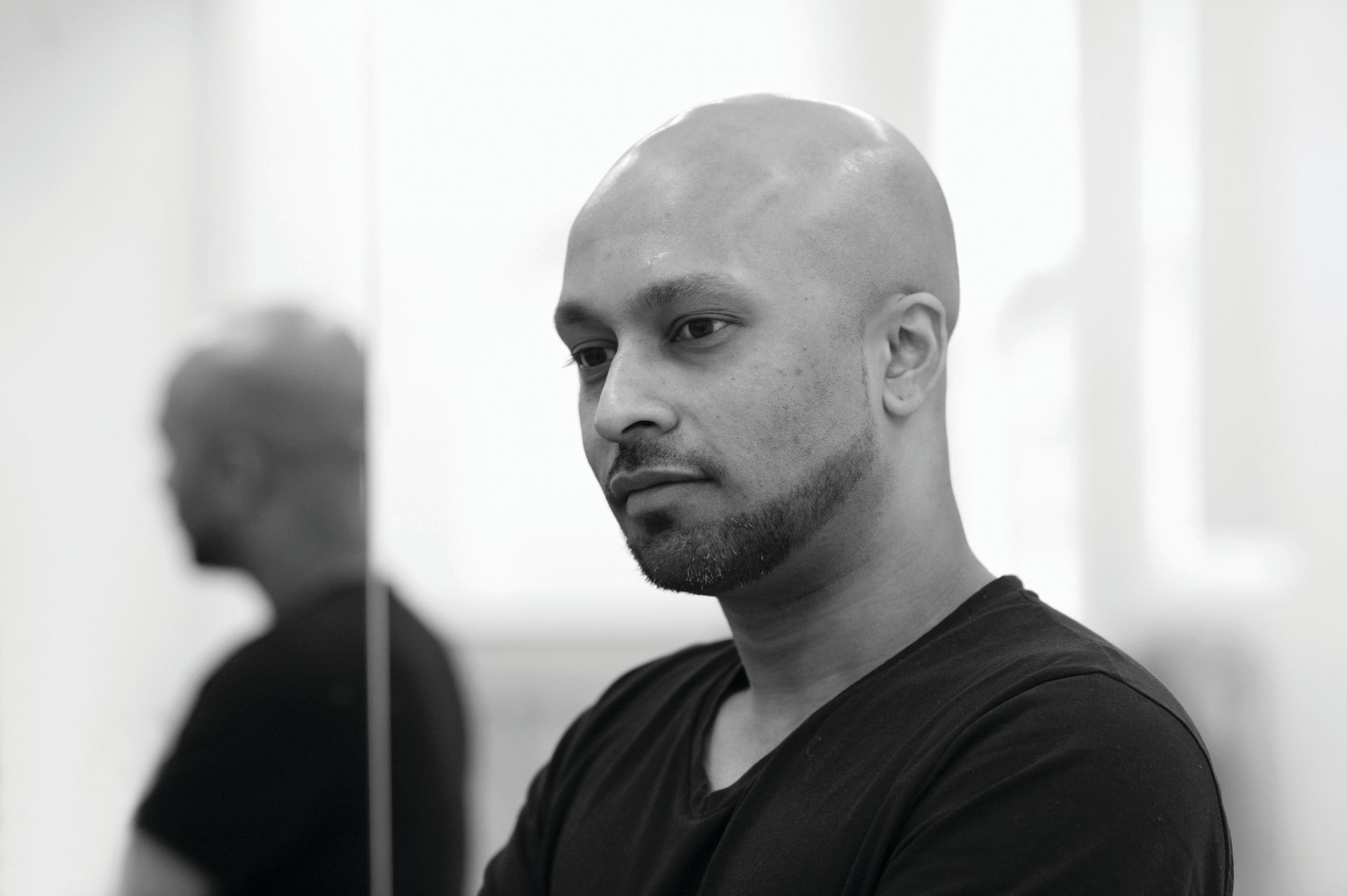
Akram Khan, choreographer
As an outsider who has come to Tate Modern a lot, and seen a lot of work, I take a lot of inspiration from visual work and visual artists. I work very closely with them and have a keen interest in the work that is presented at Tate Modern. It is an incredible building. It has huge possibilities for movement, for choreography, for massed bodies. The stuff I have seen has always been western contemporary dance—William Forsythe, which is amazing, and Anne Teresa De Keersmaeker which is also good—so you have these artists that are high-calibre, but at the same time I wish there were a variety of other artists. But it has immense possibilities for choreography, because it’s such a huge building and the scale is important. And that’s why I loved Anish Kapoor’s work [Marsyas, 2002]—you felt that suddenly Tate Modern was small when his work was there—you don’t know how he got it into the building. That interplay with perspective is wonderful.
Are young artists being priced out of London?
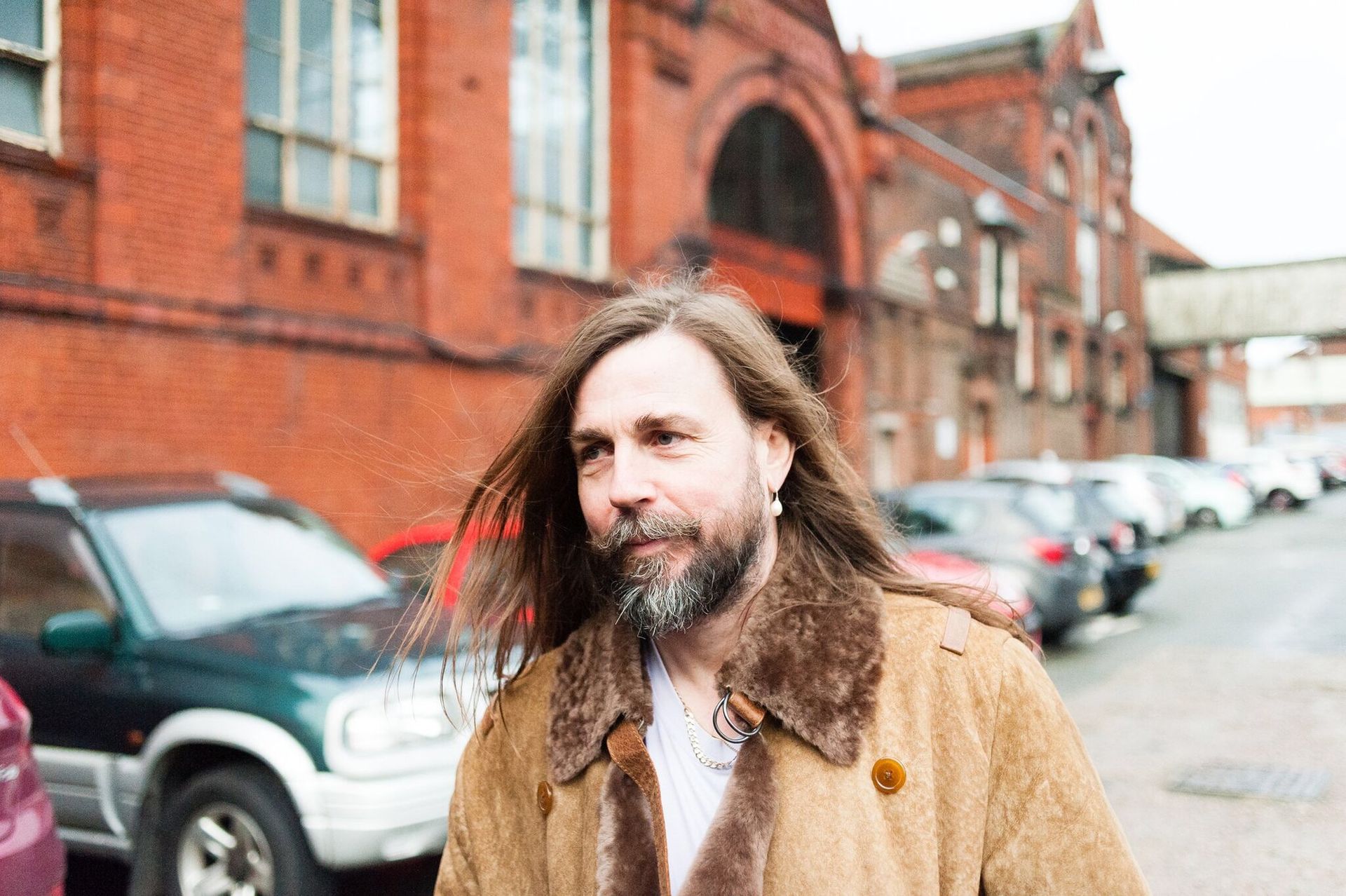
Mark Leckey, artist
To me, the post-war period now seems this very compressed 50 years, where these big cities like London and New York were in financial and physical ruins. What we accept as a given was more like an anomaly, and those conditions aren’t going to arise again anywhere. All the economic, social factors that converged to create that idea of artists living in lofts and in the centre of big cities—that’s gone forever. So artists have to recalibrate how they make work. I work on a laptop in my kitchen; that’s how I make work. And that’s partly out of choice but partly out of necessity. But it produces a different kind of work and different methods of making work.
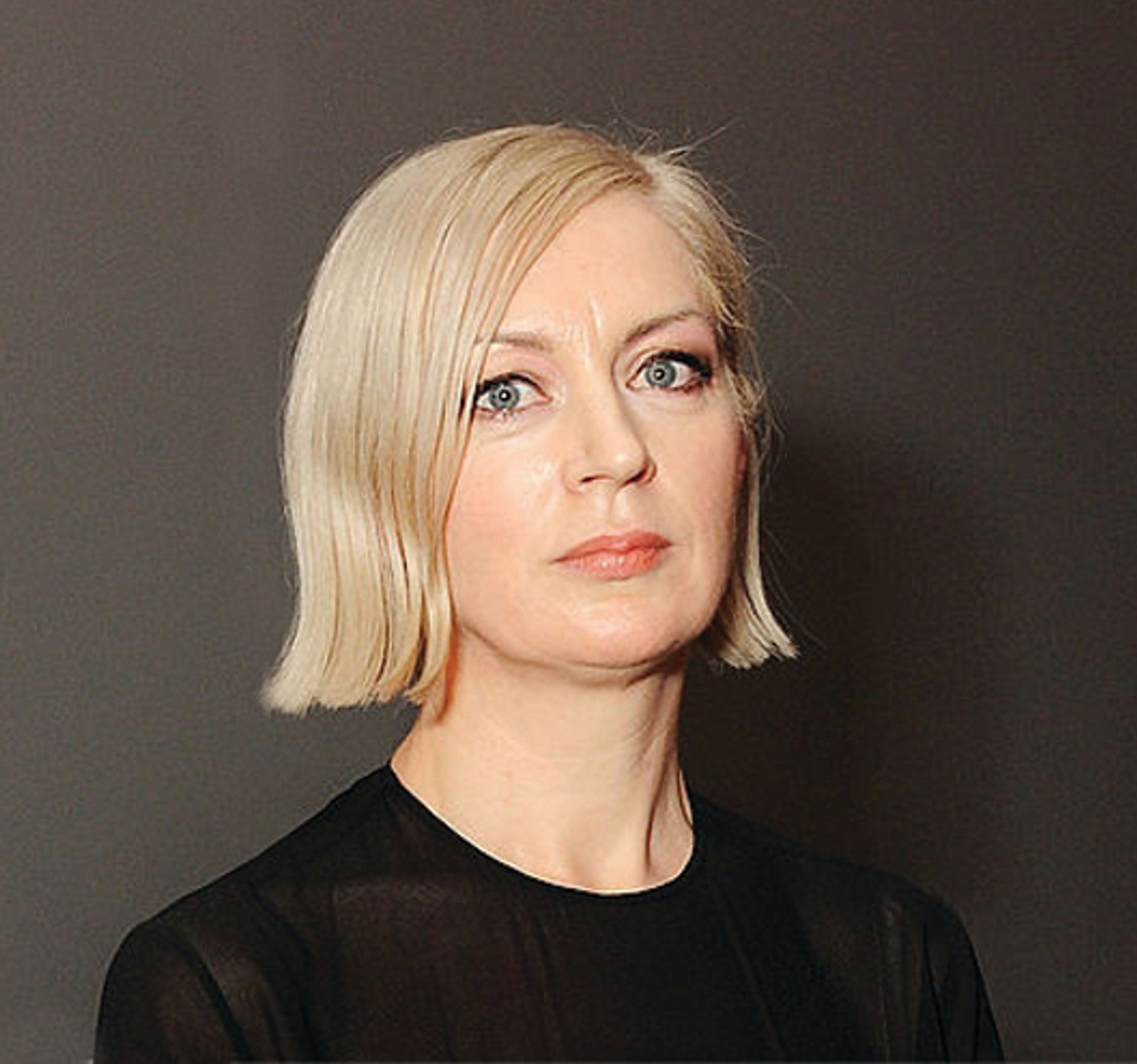
Elizabeth Price, artist
It has always been tough for artists to establish themselves in London, and most have relied on ingenuity, tenacity and luck. This is no longer enough. Young artists cannot afford studios unless they are independently wealthy, or already established with commercial gallery representation. It is tricky to make the rent on a flat, but earning enough to also maintain a studio, while leaving enough time in the week to actually use it, is impossible for most. So, they are moving out. Some go to Berlin, to Brussels. Whole peer groups are relocating together, in regional UK cities. Meanwhile the London art scene is ageing, narrowing in social demographic. Most of those who remain work from their bedrooms on laptops. Of course, it is possible to make interesting art in this way, but the prospect of a generation of artists making work with SketchUp, InDesign and Cinema 4D is depressing. If you wonder why so much emergent sculpture in London looks like product design, this is possibly why.
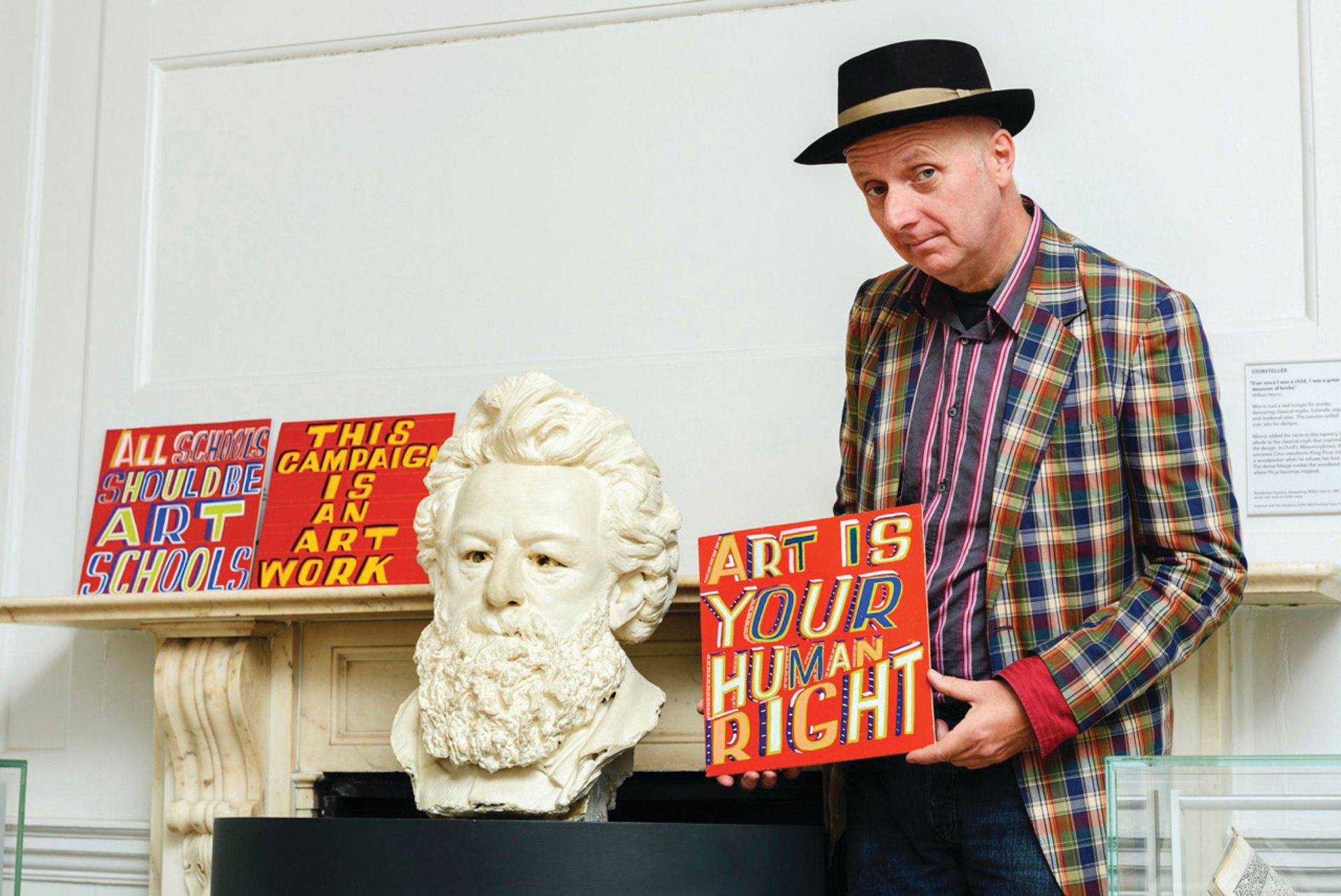
Bob and Roberta Smith, artist
London is getting so expensive, [no artists] can live here, and that is a problem. It’s a huge question and if you don’t address that properly—and it is difficult to address for London—it is going to diminish as a centre. It is OK to create a great centre where art is looked at, but art has to be made. It might be quite interesting if you are an artist in Manchester, graduating from the fine art department of Manchester Met[ropolitan University]—you might think something’s shifting. Art in the UK is still incredibly lively and it’s not such a big country that London is completely divorced from the rest of the world. If you create Tate Modern, it’s great for scholarship and looking at art, considering world art. But that will be the challenge: will it actually foster a generation of creativity in the same way that the original Tate Modern did? It is not necessarily a foregone conclusion—there are many other things at play now than when Tate Modern first opened.
Has Tate Modern encouraged a culture of spectacle at the expense of contemplation?

Okwui Enwezor, director, Haus der Kunst, Munich
It’s a very important question, especially at the moment when there are so many new museum buildings, like the San Francisco Museum of Modern Art, the Renzo Piano-designed Whitney Museum and, of course, you have the Met[ropolitan Museum of Art, New York] about to build a new extension for its modern wing, MoMA, the Broad, all of that. What is striking for me when you look at all these buildings is that they have the sense of a new architectural typology of museums. The earliest typology, one would say, was a temple typology, so you could look at those buildings and say, that is either a museum or library or something that has a civic function.
But with museums I think there has been an inverse move into the interior of the building, and this is where the museums are beginning to express a different typology in the name of public-ness and civic-ness and allowing people to gather—and of course Tate Modern pioneered this. But one of the triumphs of the original Tate Modern built by Herzog & de Meuron is that, yes, there is this spectacular dimension to it, and Tate Modern very much exploited that, with easy-going, fun, public-oriented projects by artists—a kind of playground of sensorial art experience. But I think it’s important to pay attention to the fact that it is in direct relationship to the galleries next to the Turbine Hall, which, whatever their limitations might be, I personally like.
I like the way the procession of spaces of different scales really enables one to engage with the art object in different ways, in a more intimate setting, in a more expansive way, in a more environmental way. Very few museums have really the capability to introduce a kind of spectacular post-industrial space that Tate Modern was able to inaugurate with the Turbine Hall. Whether this encourages this new idea of a performative, entertaining space for spectacle remains to be seen. That space is quite singular—it’s very hard to imitate.

Iwona Blazwick, director, Whitechapel Gallery
Certainly the Turbine Hall projects have been spectacular. In fact, the artists are conscious of that danger, so artists such as Olafur Eliasson or Carsten Höller made it, in part, the subject of the work. They made people think about that: the dynamic of lying on the floor and looking at your reflection on the ceiling, of whizzing down those helter-skelters. The point was, it was entertaining but it was also dangerous. So we can’t forget that artists themselves are part of questioning that experience and interrupting it. Even though the staging may be about spectacle and a kind of theatre, the art resists it or makes us think about that. So in that respect there’s a paradox: that the size of that institution, the drama of going into that enormous space, makes it feel very much about being overwhelmed by spectacle, but the content of the art retrieves us from the edge of that sense of entertainment and also adds a critical dimension.

Michael Craig-Martin, artist
There is no doubt that the Turbine Hall had from the beginning an enormous spectacle impact, and that has provided the Tate with an opportunity to do special projects on a scale that no other museum could do. That’s given an imprint to the museum—it is to a lot of people the thing that they’re most conscious of. And I suppose that, in that sense, that’s true. I always think that the only thing that is a barrier to contemplation at Tate Modern is that it’s so popular. There are so many people there that you have to choose your times when to go. But when you walk into the Turbine Hall, you have a sense of wonderment. Wonderment is the greatest incentive to anything; it takes people’s breath away. To produce that is a wonderful thing. And if that is your introduction, your whole mood is lifted even before you walk through the door into the galleries.

Tacita Dean, artist
Of course, the Turbine Hall inside Tate Modern is about spectacle but I think most artists and, I hope, visitors realise this. I know I consciously thought about the nature of spectacle when I was working on my own Unilever commission. However, I’m not sure the special exhibitions or collection shows have particularly privileged spectacle at the expense of contemplation. Roni Horn’s show definitely found its contemplative space away from the hurly-burly, as did Twombly, Baldessari and other shows too. But maybe Tate Modern has some responsibility for encouraging a culture of spectacle; it’s bound to get complicated when art museums feel they have to entertain to stay popular.

RoseLee Goldberg, director, Performa
Not at all. First, the building already existed as a beautifully balanced, monumental building on the Thames. It had presence and stature and was also rather mysterious. The architects kept those qualities, and transformed a remote, seemingly impenetrable building into a welcoming public space. Spending time inside those massive walls and halls, throbbing with a history all their own, provides layers of experience for profound, endless contemplation. The exhibition spaces, separated in subtle ways from contemplation of the structure itself, hold their own. There are carefully designed passageways, and platforms where it is possible to stop, look, think. The “spectacle” is the sheer beauty of the interior of the old power plant, and the control that the architects maintained over the vast interior space. The curators do a superb job, presenting an intellectual framework for each of their exhibitions that constantly asks the very same questions that you are posing.

